Ceramic heaters are electric heaters that produce heat utilizing the resistive heating theory and a ceramic heating element consisting of a positive temperature coefficient (PTC). As current passes through ceramic materials, they have enough electrical resistance and thermal conductivity to create and conduct heat. In addition, they are powerful and long-lasting; as a result, they work effectively as a heating element. Read More…
Backer Hotwatt is a superior designer & manufacturer of electric heaters and related heater accessories for various OEM & industrial applications.

At Cartridge Heaters Maxiwatt, we specialize in producing high-quality heating elements designed to meet the diverse needs of our clients across various industries. Our advanced heating elements are engineered with precision and built to last, providing reliable and efficient performance in even the most demanding applications. Utilizing cutting-edge manufacturing techniques and the finest...

At Dalton Electric Heating Co., Inc., we are proud to be a leading provider of high-performance electric heaters, serving various industries with innovative and reliable heating solutions. For decades, we have focused on designing and manufacturing durable products, including cartridge heaters, industrial heaters, and other custom thermal solutions, all built to meet the most demanding industrial ...

Backer Marathon is your premier manufacturer of electric heaters and a wide range of other heating components. Our inventory includes cartridge heaters, band heaters, coil heaters, and more. We have thousands of standard electric heater models, and our engineers are capable if designing a custom heater for more complex specifications. No matter what component you require, Backer Marathon is...

For more than 70 years, Ulanet™ has been engineering and manufacturing electric heaters, cartridge heaters, immersion heaters, tubular heaters, miniature strip heaters and bolt hole heaters, as well as industrial heaters and appliance thermostats.
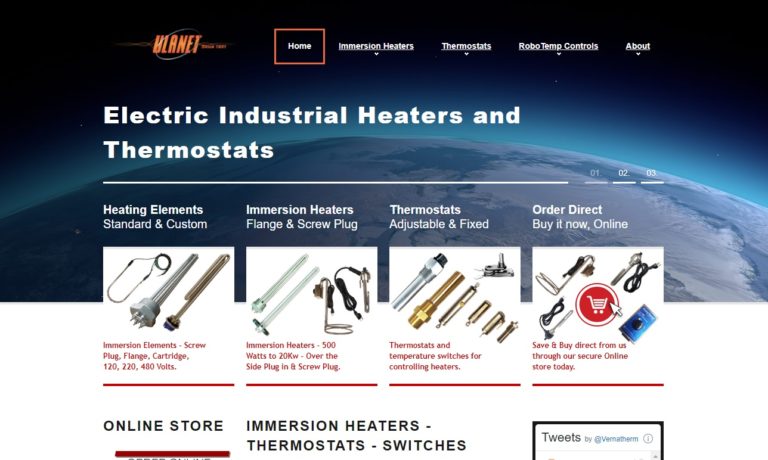
i-Heat designs and manufactures custom heating elements from a variety of materials. Our products include Silicone Rubber, Polyester Film, Kapton® Polyimide, High Temperature, Mica, Ceramic and Enclosures Heaters. We manufacture drop-in sub-assemblies with sensors, thermostats, fuses, cords and plugs.

At Tutco SureHeat, we specialize in designing and manufacturing advanced electric heaters that deliver precise and reliable performance for a wide range of applications. Our expertise lies in creating innovative heating solutions tailored to meet the unique requirements of our customers. With a strong commitment to quality and efficiency, we engineer heaters that excel in demanding environments,...

At Durex Industries, we specialize in delivering innovative and reliable solutions in electric heaters, tailored to meet the diverse needs of our customers. Our expertise spans the design, engineering, and manufacturing of high-performance heating solutions that cater to a wide array of industries and applications. With a strong focus on quality and precision, we integrate advanced technology and ...

More Ceramic Heater Manufacturers
Ceramic heaters' heating elements are made of pure ceramic substance, but most are composite composites encapsulating metal and ceramic components. The latter's ceramic sense functions as an insulator while also conducting heat to the environment, reducing the heat and energy losses incurred with uninsulated resistance wire. Depending on the ceramic's composition, when voltage is given to the semi-conductive PTC ceramic material, the power rapidly reduces as the temperature rises. The ceramic components come in touch with the aluminum fins and heat them. The air is heated by a fan blowing out across fins.

Types of Ceramic Heaters
Contrary to its name, the ceramic heater is a type of heater that is not composed of ceramic. Most ceramic heater components are made of plastic, with some metal thrown in. The ceramic heaters are of two types:
-
Convective Ceramic Heaters
A ceramic heating element is incorporated in aluminum fins and baffles in convective ceramic space heaters. They use convection. A fan is placed to swiftly heat the area, which circulates and disperses the warm air throughout the space.
-
Radiant Heaters
Radiant heaters use infrared rays to warm items and people in a room, not air. As a result, they're perfect for quickly heating specific areas of a space or warming individuals sitting in front of them.
Materials in a Ceramic Heaters
The ceramic heater has two types of materials as the heating elements:
-
Ceramic Fin
Metal fins are joined to a single block of ceramic material which is then heated by an electric current, warming the fins. The fins then heat the air.

-
Honeycomb Disk
The ceramic block is perforated with many holes. As the air passes through the openings, it heats up. Honeycomb disk heating components do not require fins.

How does it work?
Ceramic heaters may be divided into Convective and Radiant, as both work differently.
The Convective Ceramic Heater has a simple working procedure:
- The connective form of the ceramic heater's heating mechanism uses electricity to heat a series of metal fins.
- The mechanism will then transfer the heat to a ceramic heating element. Meanwhile, the heater unit also draws chilly air from the base heater.
- Then it blows cold air over the ceramic and metal components.
- After that, it will disperse the heated air into the room.
- Most convective heaters have a regulatory fan to regulate the warm air around the room or surrounding area.
On the contrary, the Radiant Ceramic Heater is ideal for industrial usage due to its heat properties. It works as follows:
- Radiant ceramic heaters also need electricity to heat the ceramic plate.
- However, they do not utilize the fan to circulate the air in the room; they emit heat directly at items in their path.
- The nearby items are at a lower temperature than the heat provided by the radiant heater. After a while of the heat being directed at the things, their temperature rises.
- The radiant heater does not heat as efficiently as a convection heater but does heat for a longer time.
- The heat is contained in objects, not in the air, which may fade away quickly.


Benefits of Ceramic Heaters
- Electricity powers ceramic heaters, making them a clean heat resource.
- Ceramic heaters are simple to use. They may begin heating spaces and items as soon as they are plugged in and turned on.
- Ceramic heaters are entirely safe. Electric heaters have a lower fire risk than fuel-powered heaters, which entail combustion.
- Ceramic heaters may be used to warm places and items practically and flexibly. These heaters can be used to heat materials and products in industrial machinery.
- Ceramic heaters are small and light. Despite their small size, they can generate a lot of heat.
- Ceramic heaters can be fitted with thermocouples, circuit boards, thermistors, thermostats, and other devices to control the heating process better.
Applications of Ceramic Heaters
Ceramic heaters are used for various applications in different industries; a few are listed below.
- In the plastic industry, thermoforming and vacuum forming are used to plasticize sheets and rolls.
- Ceramic heaters are used to shrink polymers in PVC paste lamination and welding.
- These heaters are used in the drying process of Nylon and Perlon threads.
- They are used for car bodies' epoxy to be stoked or when the steel panels need heat with a lacquer finish.
- These heaters are also used for the preheating and vulcanization of rubber sheets.
- Ceramic heaters can also be used for adhesive activation and paper coating drying.
Choosing the Right Ceramic Heater Supplier
To ensure you have the most beneficial outcome when purchasing a ceramic heater from a ceramic heater supplier, it is important to compare several companies using our directory of ceramic heater suppliers. Each ceramic heater company has a business profile page highlighting their areas of experience and capabilities, along with a contact form to directly communicate with them for more information or request a quote. Review each ceramic heater business website using our patented website previewer for a better idea of what each company specializes in. Then, use our simple RFQ form to contact multiple ceramic heater businesses with the same form.











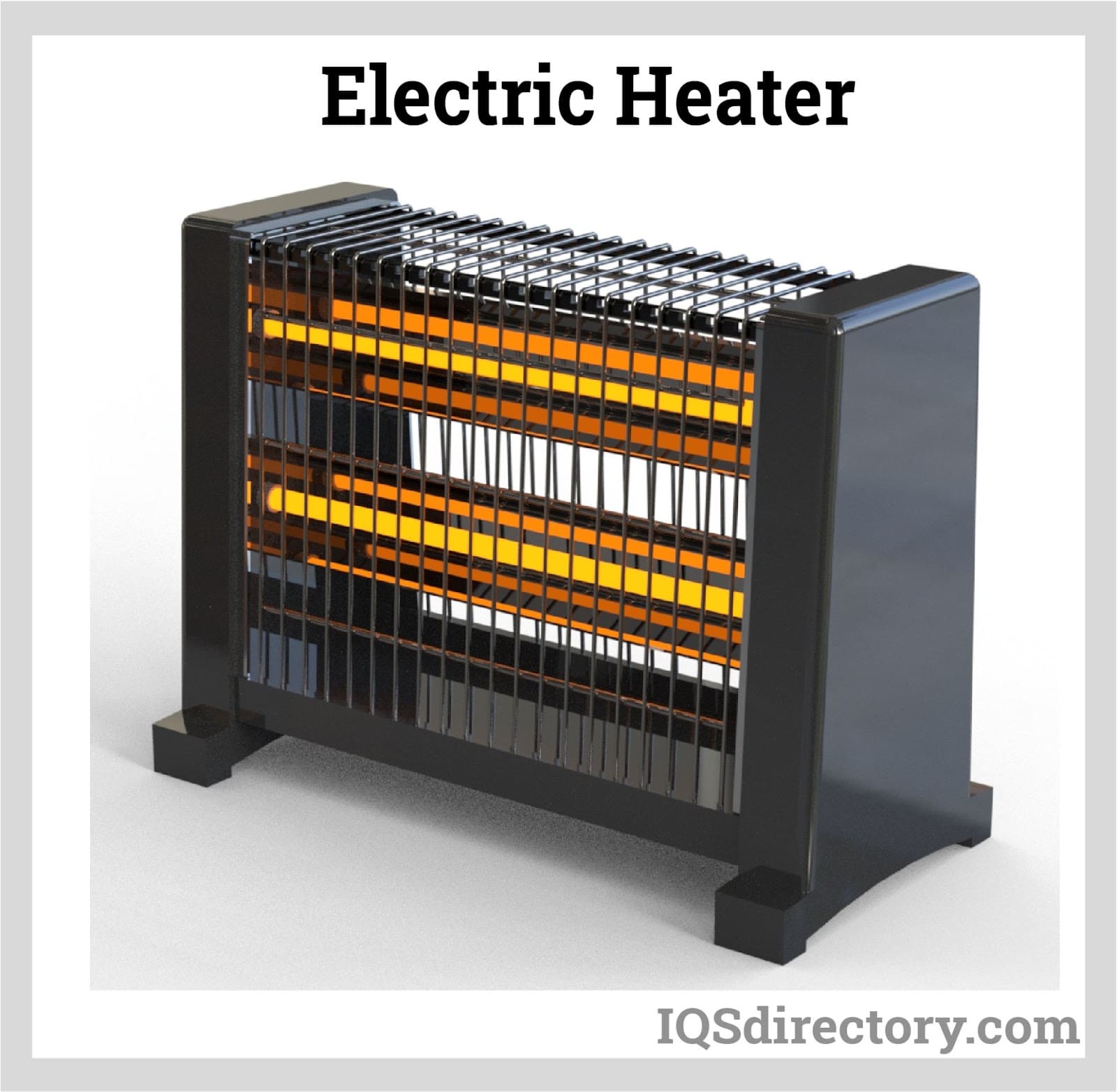

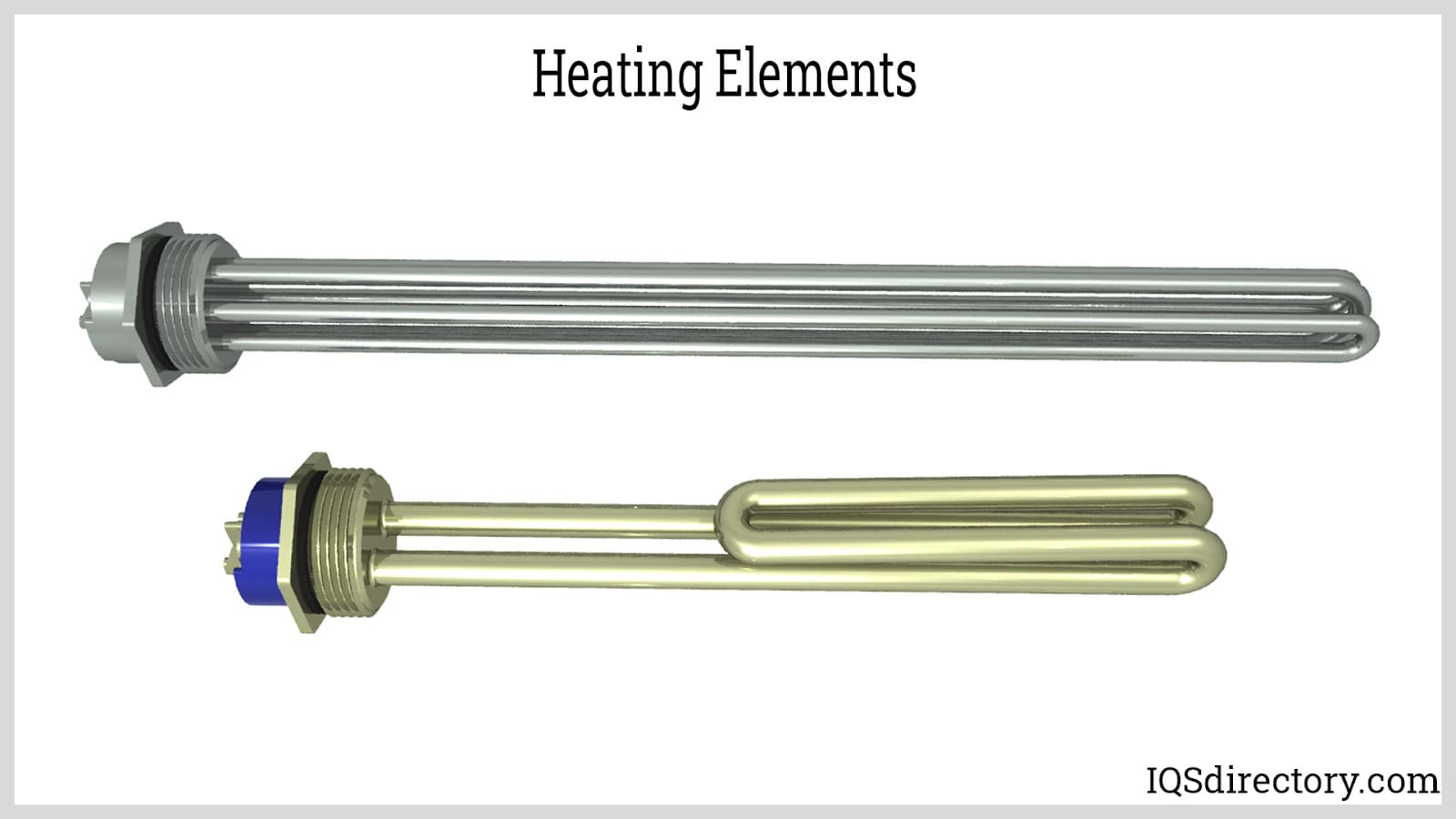

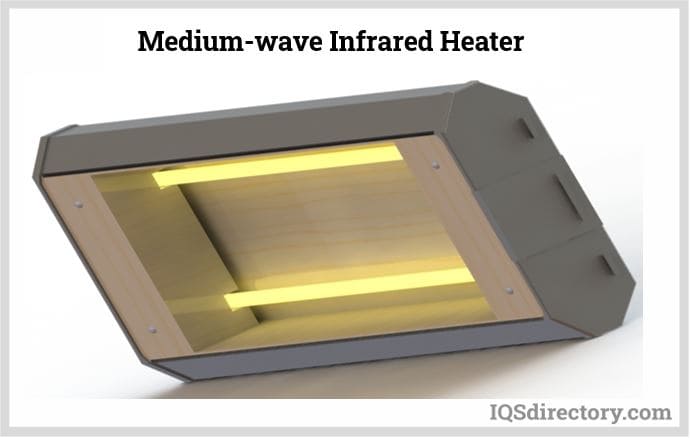



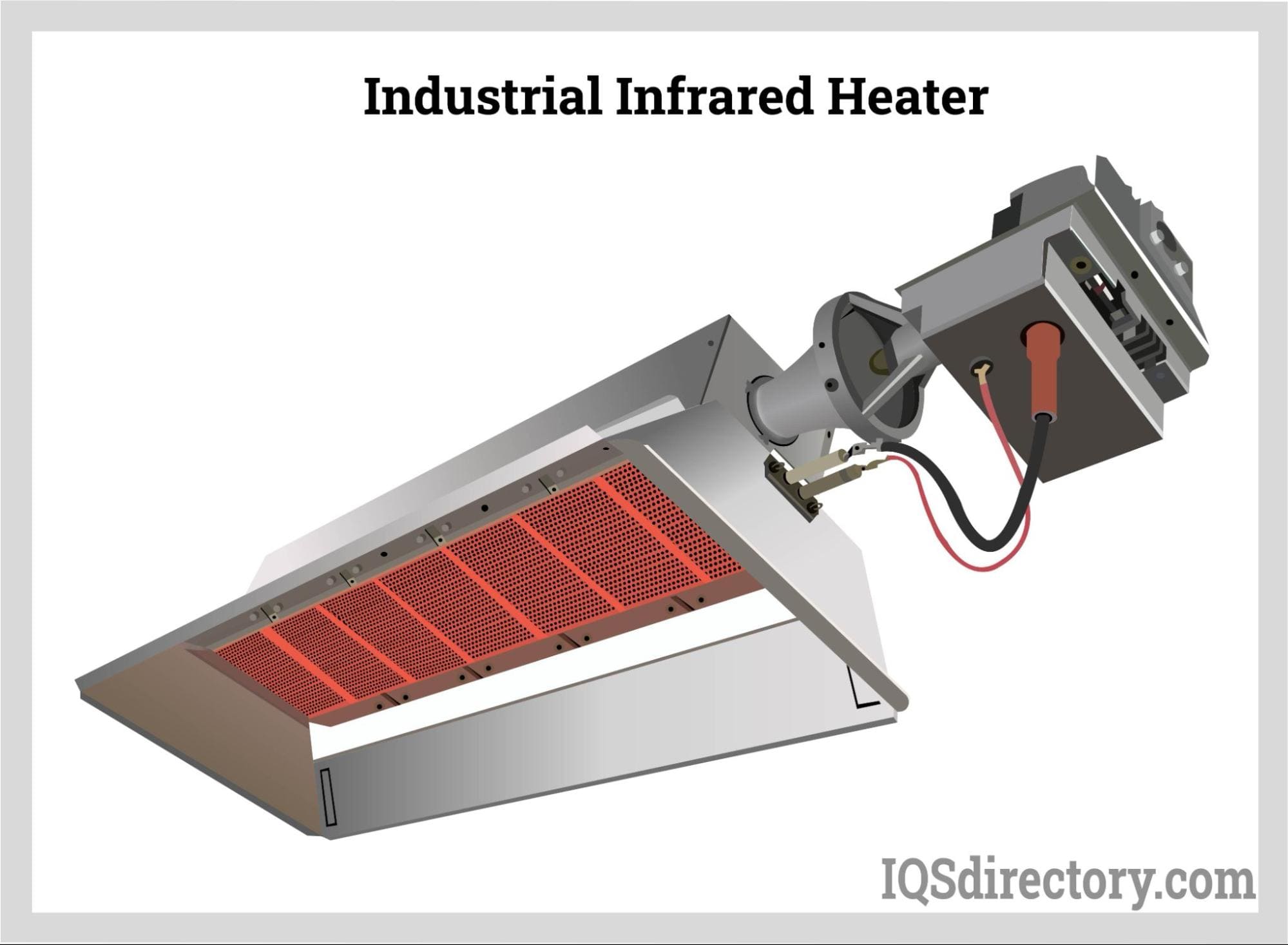
 Cartridge Heaters
Cartridge Heaters Electric Heaters
Electric Heaters Heating Elements
Heating Elements Immersion Heaters
Immersion Heaters Infrared Heaters
Infrared Heaters Air Conditioners
Air Conditioners Castings & Forgings
Castings & Forgings Bulk Material Handling
Bulk Material Handling Electrical & Electronic Components
Electrical & Electronic Components Flow Instrumentation
Flow Instrumentation Hardware
Hardware Material Handling Equipment
Material Handling Equipment Metal Cutting Services
Metal Cutting Services Metal Forming Services
Metal Forming Services Metal Suppliers
Metal Suppliers Motion Control Products
Motion Control Products Plant & Facility Equipment
Plant & Facility Equipment Plant & Facility Supplies
Plant & Facility Supplies Plastic Molding Processes
Plastic Molding Processes Pumps & Valves
Pumps & Valves Recycling Equipment
Recycling Equipment Rubber Products & Services
Rubber Products & Services